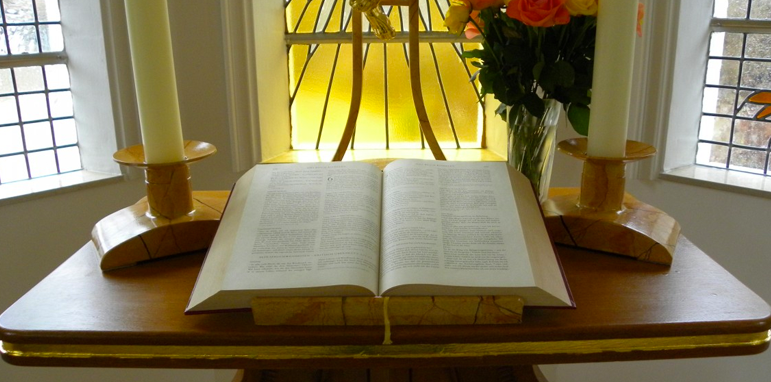
Altars have long served as focal points in religious and spiritual practices, providing a sacred space for connection, reflection, and worship. These structures are more than physical objects—they embody the spiritual aspirations of individuals and communities. Understanding the significance of altars illuminates their vital role across cultures and belief systems.
What Is an Altar?
An altar is a sacred space used for spiritual or religious purposes, ranging from a simple table adorned with symbolic items to an elaborate structure central to worship. It serves as a place for offerings, such as food, flowers, or incense, to honor deities or ancestors. Altars also act as symbolic centers that connect the divine and the earthly, and they function as tools for meditation, helping people focus during prayer or mindfulness practices. Their design and purpose vary widely based on cultural, spiritual, and personal preferences.
Altars Across Cultures
Altars are a universal feature in spiritual traditions, each with unique characteristics that reflect the values and beliefs of the community.
Christian Altars
In Christianity, altars are central to church architecture and worship. Typically found in the sanctuary, these altars symbolize Christ's sacrifice and serve as a place for:
- Celebrating the Eucharist.
- Reading scripture and delivering sermons.
- Offering prayers and blessings.
Hindu and Buddhist Altars
Hindu and Buddhist traditions often incorporate home altars, allowing practitioners to create a sacred space for daily rituals. These altars include:
- Statues or images of deities or revered figures.
- Offerings such as fruits, flowers, and incense.
- Lamps or candles to symbolize enlightenment.
Indigenous and Ancestral Altars
In Indigenous traditions, altars often honor ancestors or natural spirits. Common features include:
- Natural elements like stones, feathers, or water.
- Personal items or photographs of loved ones.
- Sacred herbs such as sage or tobacco for purification rituals.
These altars are integral to ceremonies, serving as bridges between the physical world and the spiritual realm.
Building a Personal Altar
Creating a personal altar can be a meaningful way to deepen your spiritual practice. While there is no right or wrong way to build one, here are a few steps to consider:
- Choose a Location: Find a quiet, intentional space where you can connect without distractions.
- Select Meaningful Items: Include objects that resonate with your spiritual journey, such as candles, crystals, or sacred texts.
- Incorporate Symbols: Add elements representing the four natural elements (earth, water, fire, air) to create balance.
- Personalize It: Make the altar a reflection of your unique path with items like family heirlooms or personal mementos.
Regularly visiting your altar for meditation or reflection can help foster a sense of peace and connection.
The Role of Altars in Modern Spirituality
Altars are no longer confined to traditional religious spaces. Today, many people integrate them into modern spiritual practices to foster mindfulness, create daily rituals of gratitude or prayer, and serve as visual reminders of goals and aspirations. Whether placed in a yoga studio, a minimalist home, or outdoors, these altars embody the evolving nature of contemporary spirituality.
The Magic of Altars
Altars are sacred spaces that bridge the physical and spiritual, offering a place for worship, reflection, and connection. Across cultures and practices, they remain vital in nurturing personal and communal spirituality. Whether part of an ancient tradition or a contemporary practice, altars remind us of the importance of creating space for the sacred in our lives.